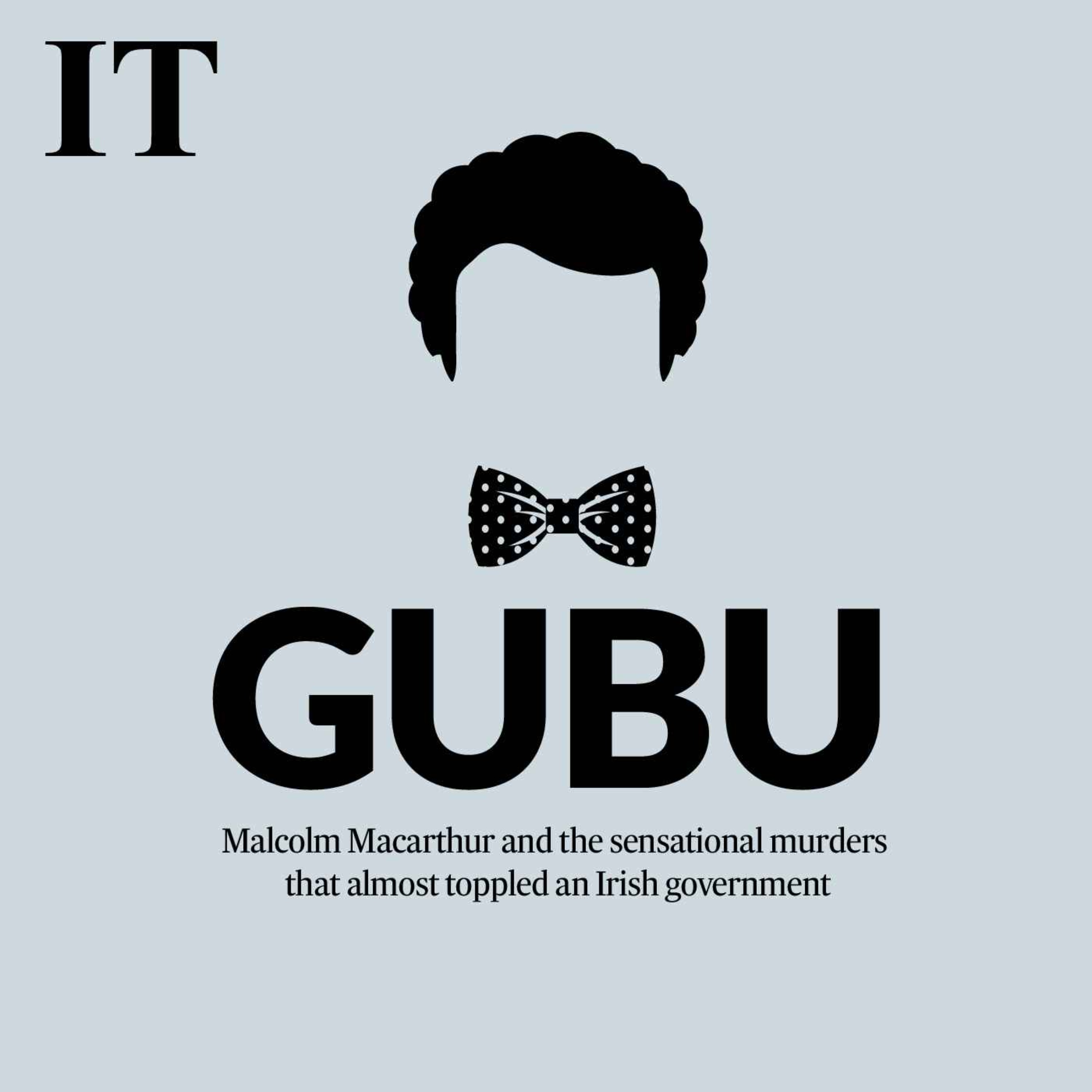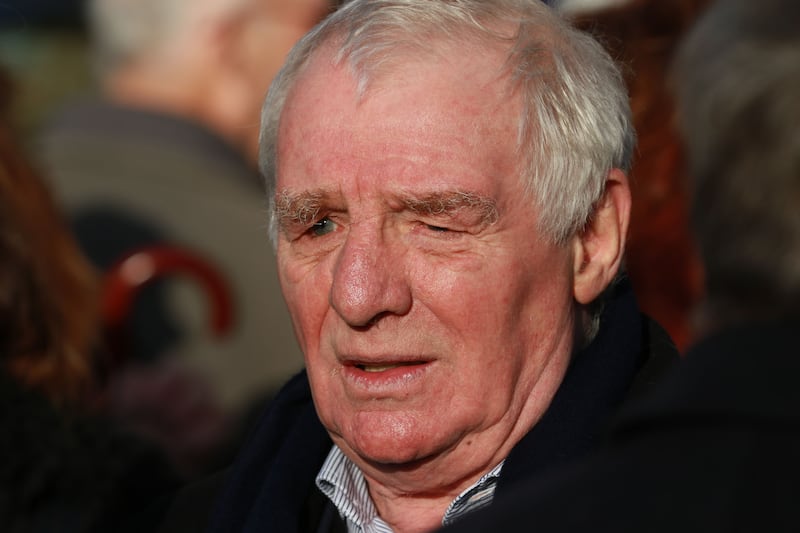Irish people are more likely to listen to a podcast than anyone else – that’s the finding of the Reuters Institute Digital News Report published last week.
Across a 20-country sample, the Irish topped the podcast-listening leaderboard with 46 per cent saying they had listened to one in the past month, up from 41 per cent in 2021. The UK was bottom of that table at 25 per cent. So if Irish listeners are keen on digital audio, a relatively new media characterised by vast choice – in 2021 alone 1.2 million new podcasts were published on Spotify – they are remarkably traditional in their listening choice.
Looking at podcast charts – and there are many of them – there’s a sense of people sticking with what they know. The top ones are by already well-known names, often familiar from legacy media, or even made by news brands.
Last week the most popular podcast on Apple was GUBU, a series produced by The Irish Times on the McArthur murders in the 1980s; while on Spotify, possibly indicating a younger demographic, it was the banter-filled Two Johnnies with Johnny O’Brien and Johnny McMahon. At number two on both platforms was the reliably hilarious My Therapist Ghosted Me with Joanne McNally and Vogue Williams.
READ MORE

Episode one: The murder of Bridie Gargan
A killing shocks Ireland and prompts a manhunt that will eventually almost topple the government. Episode one of seven.GUBU is researched, reported and narrated by Harry McGee and edited by Enda O'Dowd.Sound mix by JJ VernonTitle music by OrakhalGraphics by Paul Scottirishtimes.com/podcasts/gubu
Other names that appear in the top 10 on both Apple and Spotify – as they have for months in both charts – include podcasts by David McWilliams, Tommy, Hector & Laurita, and Blindboy, as well as Nicola Tallant’s Crime World , and The Stand with Eamon Dunphy. There are some from the wider world, including The Joe Rogan Experience, the Australian-made true crime series, the Teacher’s Trial and Unreal: A Critical History of Reality TV, a fascinating BBC series from Pandora Sykes and Sirin Kale.
For advertisers, it’s a growing market and they’re starting to spend on it, albeit at modest level and from a low base. Radio Centre Ireland, formed last year by RTÉ and Independent Broadcasters of Ireland to promote advertising on radio, reported that in 2021 €3.5 million was spent on digital audio – a figure dwarfed by the €145 million spent on radio that year. Ciarán Cunningham, Radio Centre’s chief executive, admits the real podcast spend is unknown, as revenue earned via advertising placed through Spotify and Acast – the giants in this space – is not counted. He estimates that if is was, it could be “€10-12 million”.
Like so much digital content, finding ways to monetise output – getting paid for the work – has been the most difficult part of podcasting for so many reasons, not least caution among advertisers about measurability.

When asked what sort of figures he had to present to Tesco before the retailer decided to sponsor The Stand, Dunphy candidly admits that the sponsorship came about because a senior executive in the organisation simply liked him and his work and took a punt. That commercial arrangement lasted for three years – a long time in podcast sponsorship which can be as short as three months – and it allowed the veteran broadcaster to establish The Stand, broadening its content from sport to a wide current affairs mix. He and producer Jane Gogan have built a studio in their home and three sound engineers work on the five-productions-a-week output. The Tesco arrangement ended last December by which time his audience levels had grown to 250,000 streams a week, enough to attract Acast to sign him up and that media behemoth now looks after the advertising end.
Dunphy has also dabbled in the subscription model – €5 a month for ad-free listening – though he says with refreshing candour there hasn’t been much take-up in subscriptions. He references with admiration the Second Captains who built their podcast/media business on the subscription model with company results last week showing the five founders sharing a pay pot of €555,000 last year.
What is curious in the evolution of the advertising model in the medium is what Cunningham calls “live reads”, whereby the podcast presenter, usually at the beginning, reads out an ad. For the Instagram generation such live reads probably sound super modern, the audio version of Instagram brand collaborations – when they couldn’t be more old fashioned, harking back to the early days of radio when presenters delivered the ads. It can make for uneasy listening, not least because of the potential for a vast credibility gab – listeners have to believe the presenter really likes the product. For brands it’s a win though because they get to identify firmly with the presenter – even the most commercial radio stations try to put water between ads and editorial, even if that water is muddy at times.
Most radio stations make programmes available as podcasts and have different funding models typically tied to an overall radio/podcast advertising package. RTÉ’s most popular podcast is the Documentary on One series with over 3.5 million downloads in 200 countries. Its most popular download on Spotify isn’t one of its big stars – it’s Oliver Callan’s comedy series Callan’s Kicks.
Cunningham says that the growth in podcast listening “isn’t taking away from live radio – its adding to it”. Could that really be the case though? There are only so many hours in the day and so many sets of ears. As well as tracking the growing popularity with podcasts in the 18-24 age group, the Reuters digital report – which in Ireland partners with the Broadcasting Authority of Ireland and Dublin City University for analysis and research – also noted a steep decline in interest in the news among that age group who find it repetitive and boring, with 41 per cent saying it has “a negative effect on my mood”. All the more reasons to pop on a set of headphones and chose something completely different – and for the increasingly maturing industry to try to find ways of entertaining them.















